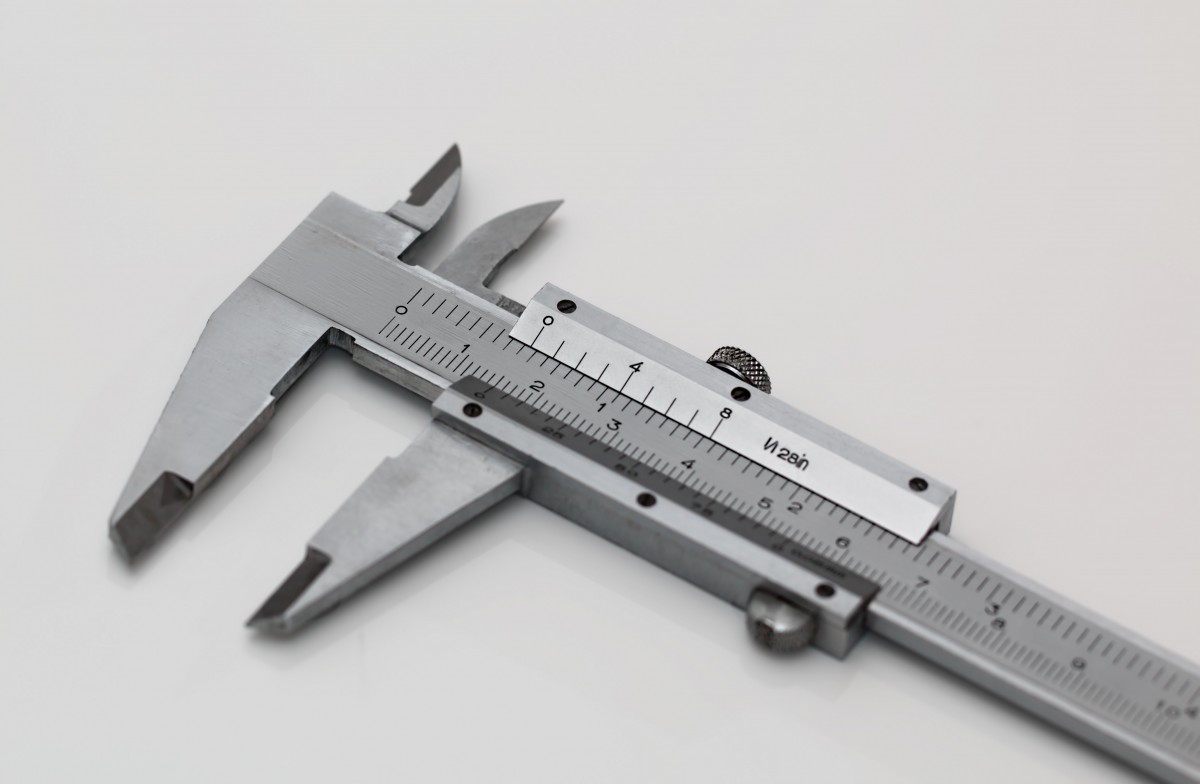
Automotive Electrical and Electronics is a course which enable trainees to be trained on how to deal with electrical in automobile industry.
This qualification recognizes people who have the competencies required for performing basic automotive electrical and electronics tasks. It is awarded to people who have demonstrated the skills and knowledge required to apply safety rules and regulations; apply basic metal joining techniques; plan, organise and complete work; remove and replace electrical or electronic units; use and maintain automotive service tools and equipment; demonstrate knowledge of electrical fundamentals; apply knowledge of automobile basic components and constructions; apply fundamental communication and numeracy competencies in the workplace; and demonstrate knowledge of HIV and AIDS.
This qualification is designed to be accessible and flexible. There are no entry requirements for this qualification.
The main focus is on the outcomes of this qualification, not the how, when and where learning occurred. Some people applying to do this qualification may currently be competent in one or more of the unit standards and should then be given the opportunity to apply for recognition of prior learning.
This qualification leads to the National Vocational Certificate in Automotive Engineering (Level 2) (Automotive Electrical and Electronics).
2 regulations for the qualification
2.1 summary of qualification requirements
This qualification will be awarded to people who are credited with 55 credits and have met the requirements of the compulsory sections.
This module is intended for those who
demonstrate knowledge of motor vehicle fundamentals. People credited with this
unit standard should be able to: describe motor vehicle components and their
operation, describe vehicle body parts, describe motor
vehicle system components and describe motor vehicle classifications

This course is intended for those who use and maintain measuring equipment in an automotive workplace. People credited with this unit standard are able to use and care for basic hand tools, use and care for electrical driven hand tools, use and care for air tools, use and care for special service tools, use lifting equipment, apply workshop information system, prepare to undertake measurements, conduct measurements and analyse results, and maintain measuring tools and equipment.
- Trainer: Garth Davids

Collision repair means any and all restorative or replacement procedures that are performed on and affect or potentially affect the structural, life safety, and cosmetic components of a motor vehicle that has been damaged as a result of a collision. It includes any procedure that is employed for the purpose of repairing, restoring, replacing, or refinishing, whether wholly or separately, any structural, life safety, or cosmetic component of a motor vehicle to a condition approximating or replicating the function, use, or appearance of the component prior to a collision.